Club History
The following is an excerpt from Art Lingren’s book ‘Irresistible Waters’
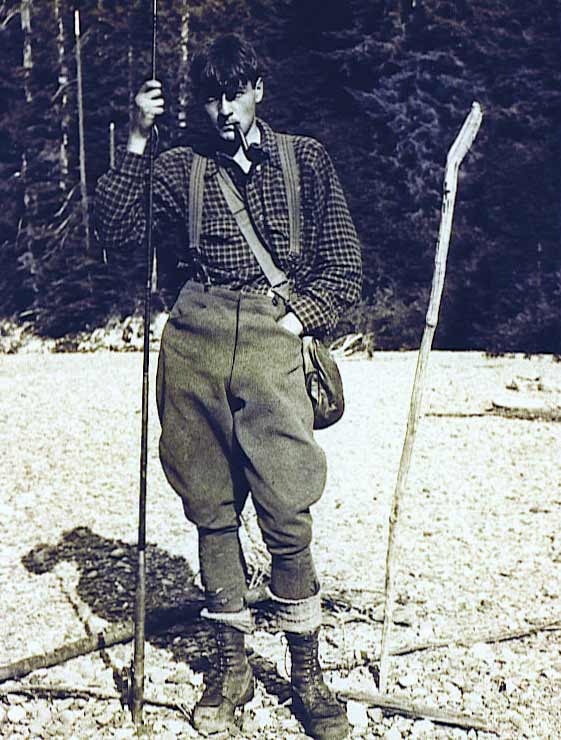
British Columbia’s fly fishing roots go back to the earliest of our colonial days. After the colonies of Vancouver Island and British Columbia were established, many of the British who came to administer the affairs of the colonial governments were fly fishers and, of course, they introduced their British fly fishing techniques to the fishes they found. The steelhead, cutthroat and rainbows of the lake and stream, and coho salmon in the sea responded quite well to their flies and fishing techniques. The colonial anglers wrote home and let family and friends know of the sport available in this new land, and those promising reports induced others to come. They, too, explored the waters of this little populated land and many recorded their catches in the books they wrote, documenting their travels. Scarce titles such as John Keast Lord’s The Naturalist in British Columbia (1865), H.W. Seton-Karr’s Bear-hunting in the White Mountains or Alaska and British Columbia Revisited (1891), and Dr. T.W. Lambert’s Fishing in British Columbia (1907) are but a few of many written from 1865 to early in the 1900s, before the First World War, that provided testimonials to the sport they found. American born John Pease Babcock came to British Columbia to work as Deputy Commissioner of Fisheries. His book The Game Fishes of British Columbia (1908) is the first pictorial essay on the province’s fishing opportunities. After living and sampling the fishing British Columbia since 1895, Arthur Bryan Williams documented the province’s fishing opportunities in Rod and Creel in British Columbia (1919), and later in Fishing in British Columbia (1935), and in both treaties he summarized the established fly fishing techniques and flies of the day.
From about 1910 on into the 1950s the Lower Mainland fly fishers such as Frank Darling, Paul Moody Smith and Bill Cunliffe carried on the traditions of earlier fly fishers and introduced other fly fishing techniques as they searched with their dry and wet flies for the Capilano summer-run steelhead, and with their wet flies for the coho salmon and cutthroat of the Capilano, Harrison, Stave and Nicomekl rivers. The legendary steelhead fly fisher General Noel Money came to Vancouver Island in 1913 to fish tyee at Campbell River and decided to stay, building his home in Qualicum Beach. After he returned from service in World War 1, he fished Stamp River summer-run and Somass winter-run steelhead. In later years he was mentor to the young Roderick Haig-Brown who, in turn, documented the steelhead fly fishing techniques the General and he used in his B.C. classic, The Western Angler (1939). Haig-Brown and Money, along with other steelhead fly fishers, laid foundations for following generations of steelhead fly fishers to build on Disciples such as Martin Tolley, Bob Taylor, Denny Boulton and Jerry Wintle carried on the traditions of Haig-Brown, Money, Tommy Brayshaw and other pioneer steelhead fly fishers, passing on their knowledge to anglers of my generation. Haig-Brown, Money, Darling, Smith and Cunliffe also pursued the coastal cutthroat that abounded in rivers and creeks along coastal British Columbia. The flies and techniques they employed work well today.
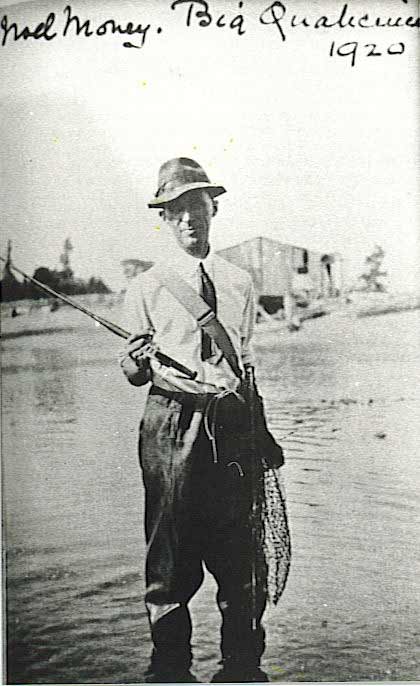
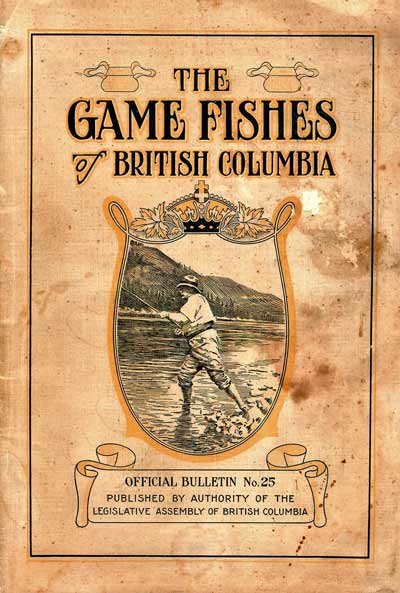
One fishery that made British Columbia famous and attracted anglers from many places on the globe was the lake fly fishing of the Interior around Kamloops. Fish Lake, later renamed Lac Le Jeune in honour of Father Le Jeune, a missionary who worked with the Shuswap native people around the turn of the century, gave up a catch of 1,500 trout to Dr. T.W. Lambert and his companion in 1897. Other lakes in the region were to become more famous. European settlers noticed that many lakes were barren of trout, yet had prolific aquatic life, so starting in 1908 with Paul, Pinantan lakes, they packed fingerling trout to some lakes and released them. Within five years of their stockings, fly fishers experienced on lakes such as Paul, Pinantan, Hyas and Knouff fish in the 15-20-lb (7-9-kg) range on both wet and dry flies. In the 1920s, A. Bryan Williams developed the first sedge dry flies for interior lake fly fishing. However, it was legendary guru, Bill Nation-guide, fly developer and angler-with whom anglers from around the globe came to fish. Nation based his guiding operation from Paul Lake, and his clients fished Paul and the surrounding waters, enjoying these marvelous fish and legendary sedge dry fly fishing. Fly fishers of today still eagerly await the sedge dry fly fishing that Williams established and Nation promoted. Often the sedge fishing is the highlight of an interior trout fly fisher’s year.
No fly fishing history would be complete without mention of the ardent angler, artist and fly tyer, Tommy Brayshaw, another British immigrant. During the 1920s and 1930s, Brayshaw, besides enjoying the dry and wet fly fishing in Knouff and other lakes, became a regular at the Adams and Little rivers, where he refined the fly fishing techniques and developed fly patterns for unique world-class river fishery. In 1947 Brayshaw moved to Hope, where he became the pre-eminent steelhead fly fisherman on the Coquihalla. His Coquihalla series of steelhead flies is testimony to his love of that river and its summer-run steelhead. Money, Haig-Brown, Brayshaw, William, Darling, Smith and Nation all are part of the golden age of B.C. fly fishing. Indeed, 1960s fly fishers like Martin Tolley, Jim Kilburn, John Massey, Bob Taylor, Jerry Wintle, Van Egan, Bill Yonge, Tom Murray, Barry Thorton, Ken Ruddick, Jack Shaw and others all owe them a dept. Likewise do fly fishers such as Rob Brown, Peter Caverhill, Jack Morris, Ehor Boyanowsky, Alf Davy, Brian Chan, Jim Fisher, Karl Bruhn, Ron Nelson, Ian Forbes, Rory Glennie, Brian Smith and others of around my generation plus or minus a few years, owe a dept to them. And so it is that each generation passes on the traditions of theirs and past generations to the next generation of fly fishers. And so it will be as long as we have places to fish and fish to catch.
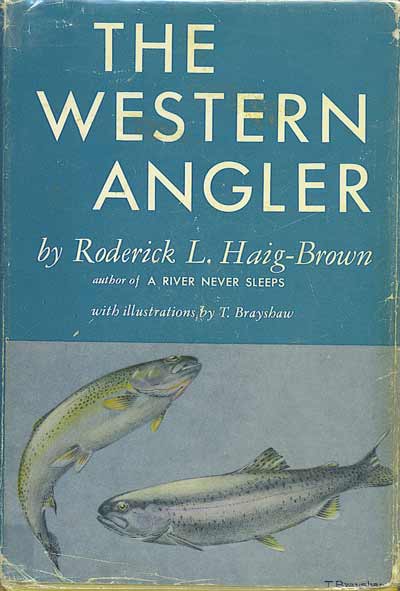
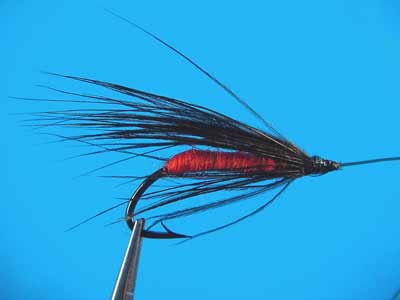
When you look back over the past century or so and examine British Columbia’s fly fishing history, you begin to understand that this place called British Columbia is unique and offers a tremendous amount to the fly fishers. Some of the notable British Columbia fly fishing achievements:
- John Keast Lord developed the first fly for B.C. trout in the 1860s -Lees and Clutterbuck introduced the dry fly to North America during their 1887 exploration of the upper Columbia River.
- Bryan Williams developed B.C.’s first sedge dry flies for the sedge fishing on Interior lakes during the 1920s.
- Bill Nation introduced or refined lake fly fishing techniques and produced North America’s first imitations of lake fauna such as dragonfly nymphs and chironomids during the 1920s.
- British Columbia saltwater fly fishers introduced buck-tails and established saltwater fly fishing techniques at Cowichan and Duncan Bays on Vancouver Island during the 1920s.
- Capilano River fly fishers Frank Darling, Austin Spencer, and Paul Moody Smith introduced or practiced dry fly fishing for steelhead and Austin Spencer produced North America’s first steelhead dry fly during the 1920s.
- Greased (floating) line Atlantic Salmon technique was introduced to summer-run steelhead by Rod Haig-Brown and General Noel Money during the late 1930s.
- Bill Nation used greased (floating) line technique for presenting flies to Interior trout during the late 1930s
- Chironomid fly fishing techniques developed for interior lakes and refined into a mustuse technique by a variety of anglers during the late 1960s
- From 1920s through to the present day B.C. fly fishers produced a myriad of fly patterns for cutthroat, steelhead, interior rainbow and salmon.
Each achievement is a testimony to British Columbia fly fishers and the opportunities offered in this vast land of opportunity.
A more detailed history of the club can be found here
